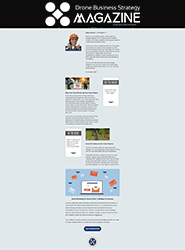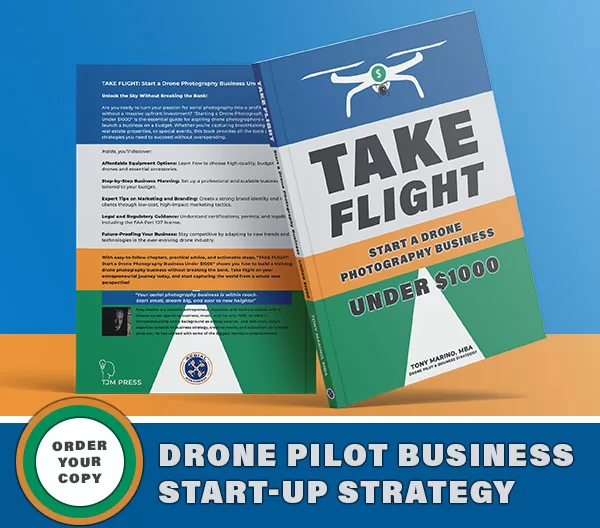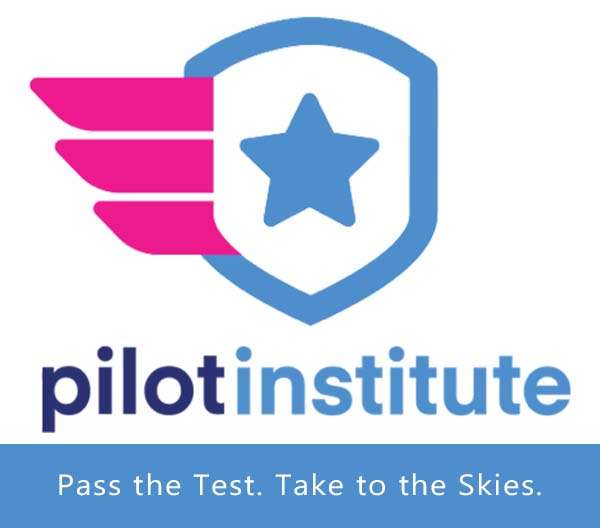
In the fast-moving world of commercial drones, there’s an invisible force pulling many pilots off course. It’s not FAA regulations or tech limitations. It’s not even market competition. It’s something sneakier—groupthink—and it’s often disguised as motivation.
Wrapped in hashtags and forum threads, groupthink feeds off a deeper issue: FOMO—the Fear of Missing Out. It convinces pilots to follow the crowd, chase every event, join every online group, buy every new drone on release day, and replicate others’ business models. If you’re not careful, groupthink and FOMO will have you burning time, energy, and cash chasing someone else’s version of success.
What Is Groupthink—and Why It’s Dangerous in Business
Groupthink is a psychological phenomenon where a group values harmony and conformity so much that individuals suppress their own ideas or ignore better alternatives. In drone pilot communities, this can look like:
- Following trends just because others are doing it
- Thinking you’re behind if you’re not on every drone platform
- Buying gear because someone in a forum said it’s a “must-have”
- Mimicking other pilots’ content or pricing without critical thought
This mindset kills innovation. It steers your business into a crowded sea of sameness—and when you sound, look, and offer the same thing as everyone else, you lose your unique value in the market.
The Problem with Drone Pilot FOMO
When you’re building a business, FOMO can make you look busy without actually being effective. You feel like you’re progressing because you’re attending expos, watching tutorials, joining Discords, and upgrading gear. But often, that energy is not translating into profit, client relationships, or long-term growth.
Let’s break down the biggest pitfalls.
1. Imitation Over Innovation’
When you’re copying what other drone pilots are doing, you’re building a clone, not a business. You might get likes on social, but you won’t get long-term clients if your offering doesn’t solve a specific problem for a specific audience.
Example: Everyone’s showing off sunset real estate drone shots. You notice a local construction firm struggling with project documentation. You pitch progress tracking with orthomosaic mapping. They sign a six-month contract. That’s innovation.
2. Overcommitment and Burnout
You’ve signed up for every drone pilot platform. You’re part of five Facebook groups, watching ten YouTubers, and posting in three forums. But you haven’t followed up with last month’s warm lead.
That’s the cost of overcommitment.
Being everywhere online doesn’t mean you’re building anything meaningful. It leads to mental exhaustion, decision fatigue, and a business stuck in neutral.
3. Lost Identity, Lost Opportunity
When your brand looks like every other drone pilot’s—same shots, same services, same “we fly for you” tagline—you become a commodity. That means clients shop based on price.
Example: Instead of trying to be everything to everyone, one pilot builds a reputation for serving only luxury lakefront properties with cinematic lifestyle edits. That focused identity draws premium clients and repels low-ballers. That’s brand clarity.
4. The Gear Trap: New Drone, Same Problem
Buying every new drone on release day might feel like staying ahead—but often, it’s just procrastination disguised as productivity. If your current gear isn’t maxed out, a better drone won’t fix a weak offer or a quiet sales pipeline.
Example: A pilot with a Mavic Air 2 who consistently delivers polished, on-time footage to roofing companies will always outperform someone flying an Inspire 3 with no consistent outreach or offer. Gear is a tool—not the strategy.
Solutions: Breaking Free from Groupthink & FOMO
You don’t need more drone forums or another lens adapter. You need focus.
Here’s how to take back control of your business:
1. Build a Client-First Business Model
Let your clients’ needs—not the drone community—drive your decisions. Solve real problems with your service.
Action Step: Talk to three past or potential clients this month. Ask what frustrates them about visual marketing or inspections. Then design your offering to solve that.
2. Limit Your Inputs
You don’t need constant updates from a dozen content creators. Pick 2–3 trusted sources and tune out the rest.
Action Step: Set one “Industry Hour” each week. Learn something new—then close the tabs and execute.
3. Define Your Success Metrics
Forget chasing someone else’s revenue goal or growth model. Define what success looks like for you—and align your strategy with that.
Action Step: Write down what you want in the next 12 months (revenue, time freedom, client type). Use that as your filter.
4. Test Before You Commit
Curious about a new service or niche? Run a small test. If it works, scale it. If not, move on—no guilt.
Action Step: Try one new service offer per quarter. Track your leads, closes, and client feedback.
5. Prioritize Revenue-Generating Tasks
Your daily activities should directly connect to serving, landing, or retaining clients. Everything else is optional.
Action Step: Use the 80/20 rule. Spend 80% of your week on sales calls, editing deliverables, or marketing your own brand—not just consuming others’.
6. Always Be Selling
At the end of the day, you’re not just a drone pilot—you’re running a business. If you’re not actively connecting with potential clients, following up, or positioning your offer, you’re not building revenue. Watching another unboxing video or tweaking your website for the fifth time this week doesn’t move the needle—sales do.
Action Step: Block time every single week for outbound outreach, relationship-building, and follow-up. Whether it’s cold calling, emailing, or visiting job sites—if you’re not in front of a client, you’re not making money.
Takeaway
You didn’t start this journey to follow a crowd—you started it to build something of your own. Groupthink and FOMO might feel like fuel at first, but in the long run, they’ll burn your time, drain your bank account, and stall your growth.
The most profitable drone pilots aren’t the ones with the flashiest gear or the most followers.
They’re the ones who think independently, serve clients intentionally, and build with strategy.
You don’t need every drone. You don’t need every expo. You need a business that works—for you.
If you have any questions, let us know! If you’d like to hire us, you can get more information here.
Written by: Tony Marino, MBA – FAA Certified Part 107 Commercial Drone Pilot and Chief Business Strategist at Aerial Northwest
Disclaimer: The information provided in this blog post is for general informational purposes only and should not be construed as legal advice.
Resources
FAA Resources: FAA DroneZone
Article: Pitch Perfect: Guide for Drone Pilots to Get Jobs
Drone Service Providers Alliance
Commercial Drone Alliance
Starting Your Own Drone Service Business
Pick up your copy today on Amazon and wherever fine books are sold.

DRONE BUSINESS STRATEGY MAGAZINE
A free digital publication made exclusively for all small business drone pilots to them help start-up, become profitable while sustaining a competitive advantage within the drone service industry sector they opt to serve.
“If you love to fly, we’d love to have you come aboard!”
We share your information with no one. Our Privacy Policy.










Leave a Reply
Your email is always safe with us.